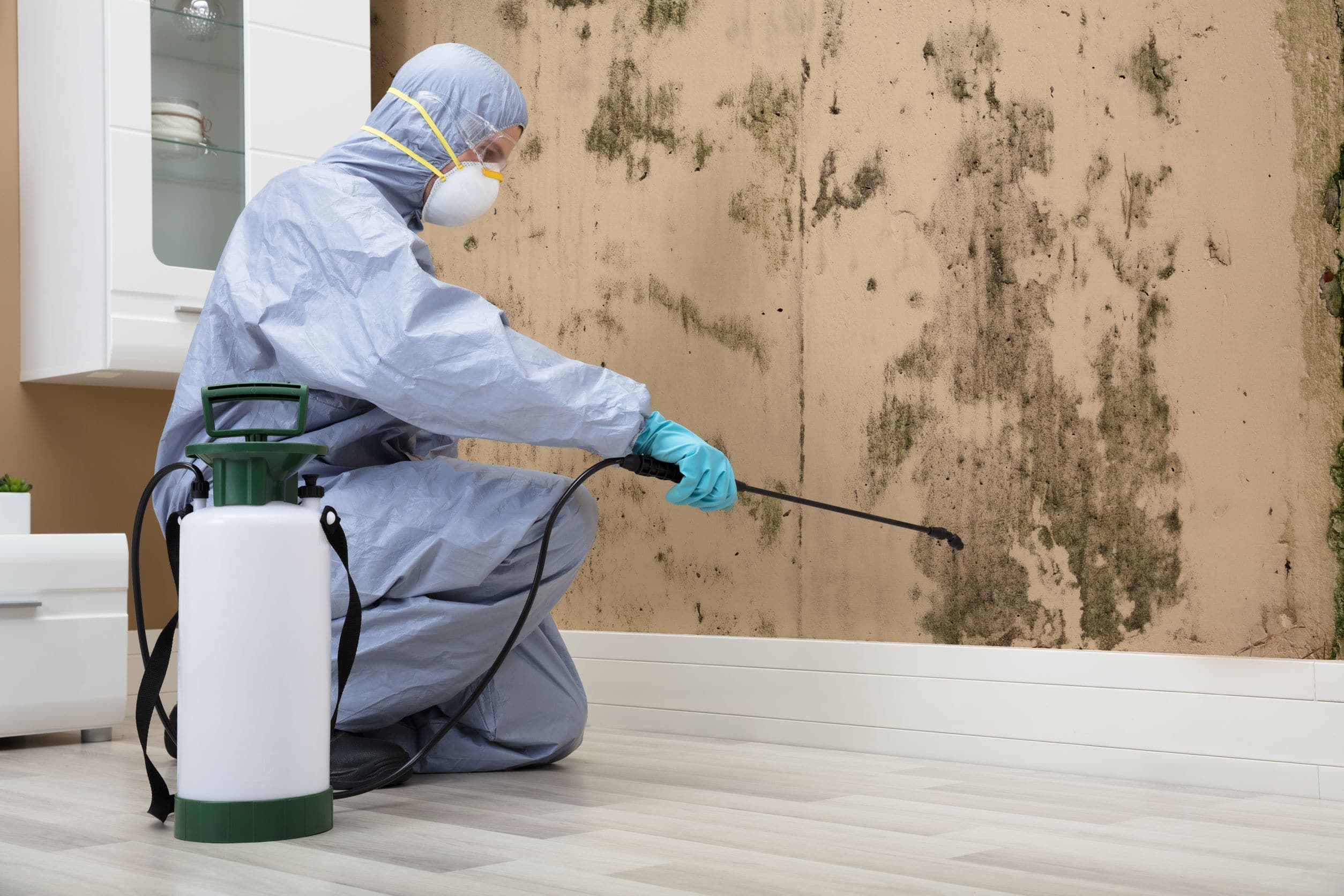Mold Removal Techniques
Mold can be a nuisance, but it is also a health hazard and can cause extensive property damage. It can pose serious health risks and can spread quickly by spores. mold removal needs to be done well and thoroughly to ensure the safety of your property and your health. Mold can appear in your house, office, or any other environment you live in.
If you educate yourself about different techniques for removing mold, you will know the most appropriate way to deal with it, and a way to ensure the most effective and safe mold remediation process. In this detailed guide we will look at different ways and techniques for removing mold from different surfaces and environments.
Understanding Mold Growth:
Moving on to how to get rid of mold, the first step is to know how molds grow, mold needs water, moisture, warmth and organic matter to grow. Any place with high humidity, water leaking or poor ventilation is likely to have mold growing. The common areas are places such as bathrooms and kitchens, basements and any places which have been flooded.
Assessment and Preparation:
Prior to any remediation measures, the scope of the contamination should be determined. mold should be identified by the areas of visible growth as well as areas where mold is not visible but might exist in hidden locations such as within wall cavities. The cause of the mold growth such as water leaks or moisture infiltration should also be determined and addressed to prevent the recurrence of mold growth.
Once that’s done, get your tools and supplies for the removal of mold. These could include personal protective equipment (PPE) – such as gloves, goggles and respirators – as well as your mold removal products, brushes and containment supplies.
Common Mold Removal Techniques:
- Scrub with Detergent and Water: You can remove mold from small, non-porous surfaces by scrubbing with detergent and water. Mix water with a mild detergent and scrub the moldy surface until it’s clean, then rinse with water and allow it to dry.
- Bleach Solution: Bleach is a powerful disinfectant that will kill mold on hard, non-porous surfaces. To make the solution, mix one cup of bleach with one gallon of water and use the solution to scrub the mildewed surface. Bleach is not a good option for porous surfaces and will not get at underlying mold problems.
- Vinegar: Vinegar works as a green substitute for bleach, and can kill mold on most surfaces. Spray undiluted vinegar onto the mold growth, leave it to sit for a few hours and then scrub and rinse with water.
- Hydrogen Peroxide: A safer alternative to bleach, and another good mold killer, is hydrogen peroxide (H2O2). Put hydrogen peroxide directly on your surface with mold growth, and leave for a least 10-15 minutes before scrubbing and rinsing with water.
- Commercial Mold-Removal Compounds: There are many commercial mold-removal compounds composed of sprays, foams and wipes on the market. These compounds typically contain strong fungicides and surfactants aimed at eradicating nasty molds and wiping them away. Refer to the instructions given by the manufacturer before you use such products.
- HEPA Vacuuming: HEPA vacuum cleaners can be used to pick up loose mold spores on surfaces and in the air. HEPA vacuums filter microscopic particles, and keep them contained so that they don’t float back into the air when vacuuming.
- Professional Mold Remediation: If you have a large mold infestation, or if mold growth is widespread or difficult to access, you may require professional mold remediation. A mold remediation professional has the training, tools and experience to safely and effectively remove mold from a wide range of surfaces and environments.
Prevention and Maintenance:
But the job is not done when mold removal is complete. Once the mold is removed, then it’s very important to prevent the mold from returning. If there is an underlying moisture problem, this should be corrected. Ventilation of the floor-space should be improved, and humidity levels should be maintained at acceptable levels indoors. Inspection and maintenance can help keep the mold problem in check, and ensure that any small problem is not allowed to become a big problem.
Do You Have Mold Issues? If You Think You Do, Call Us Toll Free, 1-855-947-6167 – For a Free, No Obligation Quote by a Professional Mold Remediator Near You!




